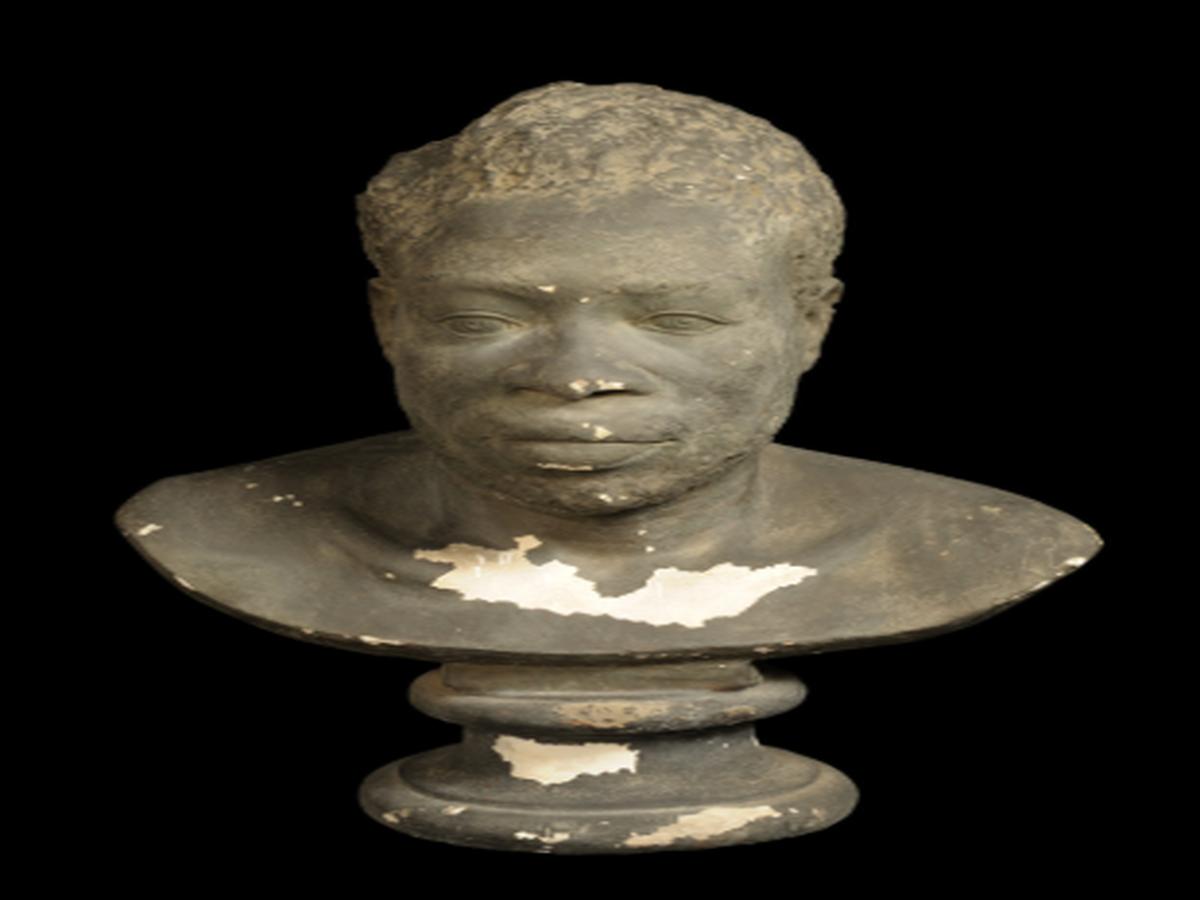State
Tribe Name
Art Type
short description
This bust really represents ethnography and a male of African descent, who during the colonial period was referred to as a member of the "Negro tribe" by ethnographers. This bust is made of plaster and has been mounted on a round pedestal so it can be exhibited as part of the museum collection.In terms of facial features, the specimen displays tightly coiled (woolly-frizzy) hair, a heavy beard, a wide flat nose, and full lips - characteristics that coincide with the common appearance of members of many South-Saharan African communities as well as Afro-Diasporic populations that emerged from the African slave trade. The bust is cast realistically and reveals the anthropological methods of the late 19th and early 20th centuries which were based on understanding and classifying human diversity through physical traits.
Thumbnail

Filter Postion
Left
Filter Background
Off
Theme
Filter Header Image

content
Image

description
This bust really represents ethnography and a male of African descent, who during the colonial period was referred to as a member of the "Negro tribe" by ethnographers. This bust is made of plaster and has been mounted on a round pedestal so it can be exhibited as part of the museum collection.In terms of facial features, the specimen displays tightly coiled (woolly-frizzy) hair, a heavy beard, a wide flat nose, and full lips - characteristics that coincide with the common appearance of members of many South-Saharan African communities as well as Afro-Diasporic populations that emerged from the African slave trade. The bust is cast realistically and reveals the anthropological methods of the late 19th and early 20th centuries which were based on understanding and classifying human diversity through physical traits.
Today, it is like this sculpture that explains in terms of history the racial classification, colonial ethnography, and development of physical anthropology. Whereas these were done for their scientific classification, today, such sculptures are analyzed for their impact on notions of race and ethnicity.It is most likely that this bust forms part of a larger ethnographic collection which is maintained by institutes like the Anthropological Survey of India, which has many of these for educational and cultural preservation.
Today, it is like this sculpture that explains in terms of history the racial classification, colonial ethnography, and development of physical anthropology. Whereas these were done for their scientific classification, today, such sculptures are analyzed for their impact on notions of race and ethnicity.It is most likely that this bust forms part of a larger ethnographic collection which is maintained by institutes like the Anthropological Survey of India, which has many of these for educational and cultural preservation.
Image Mode
landscape
promoted
On
Verified
Off
